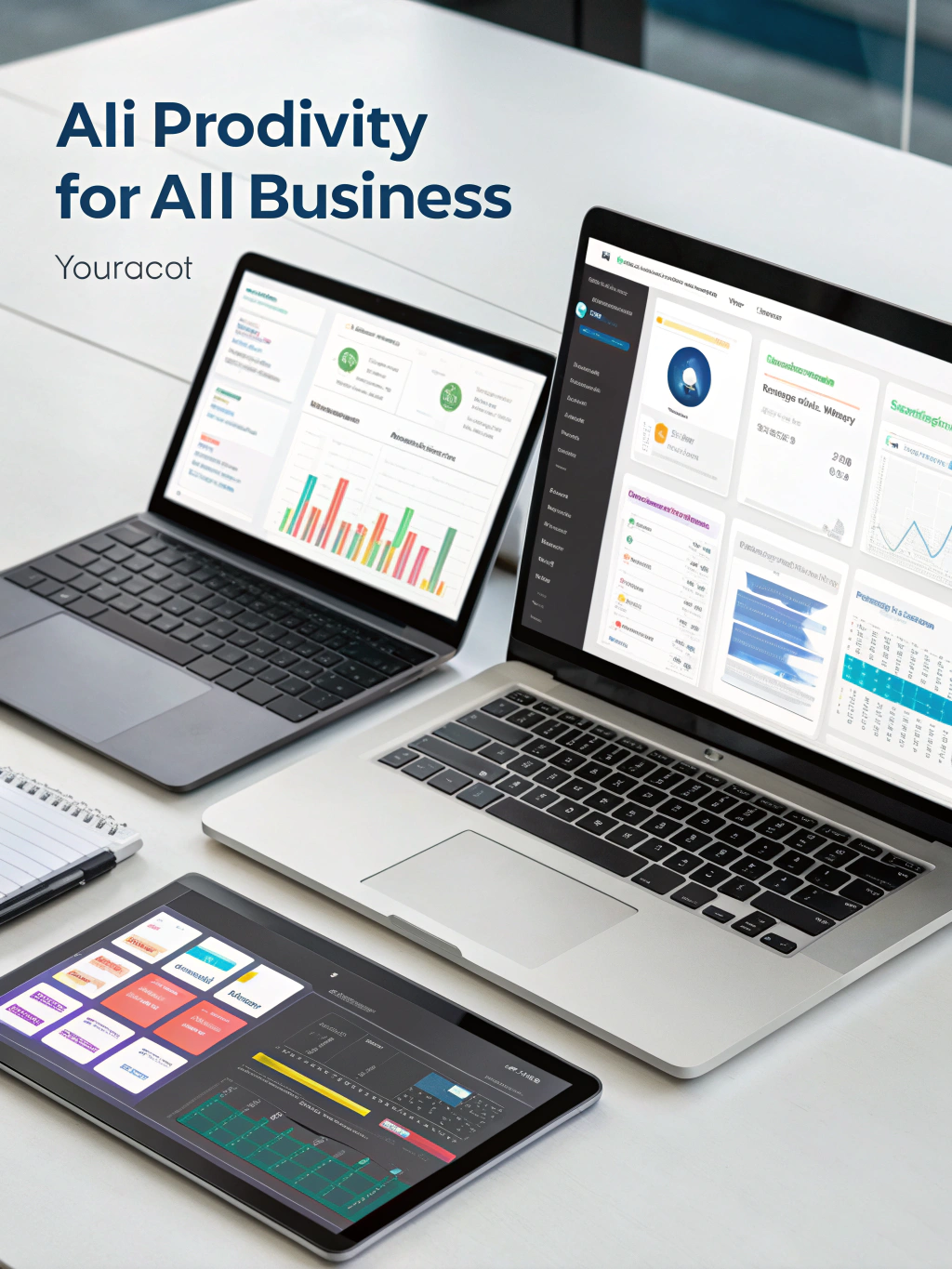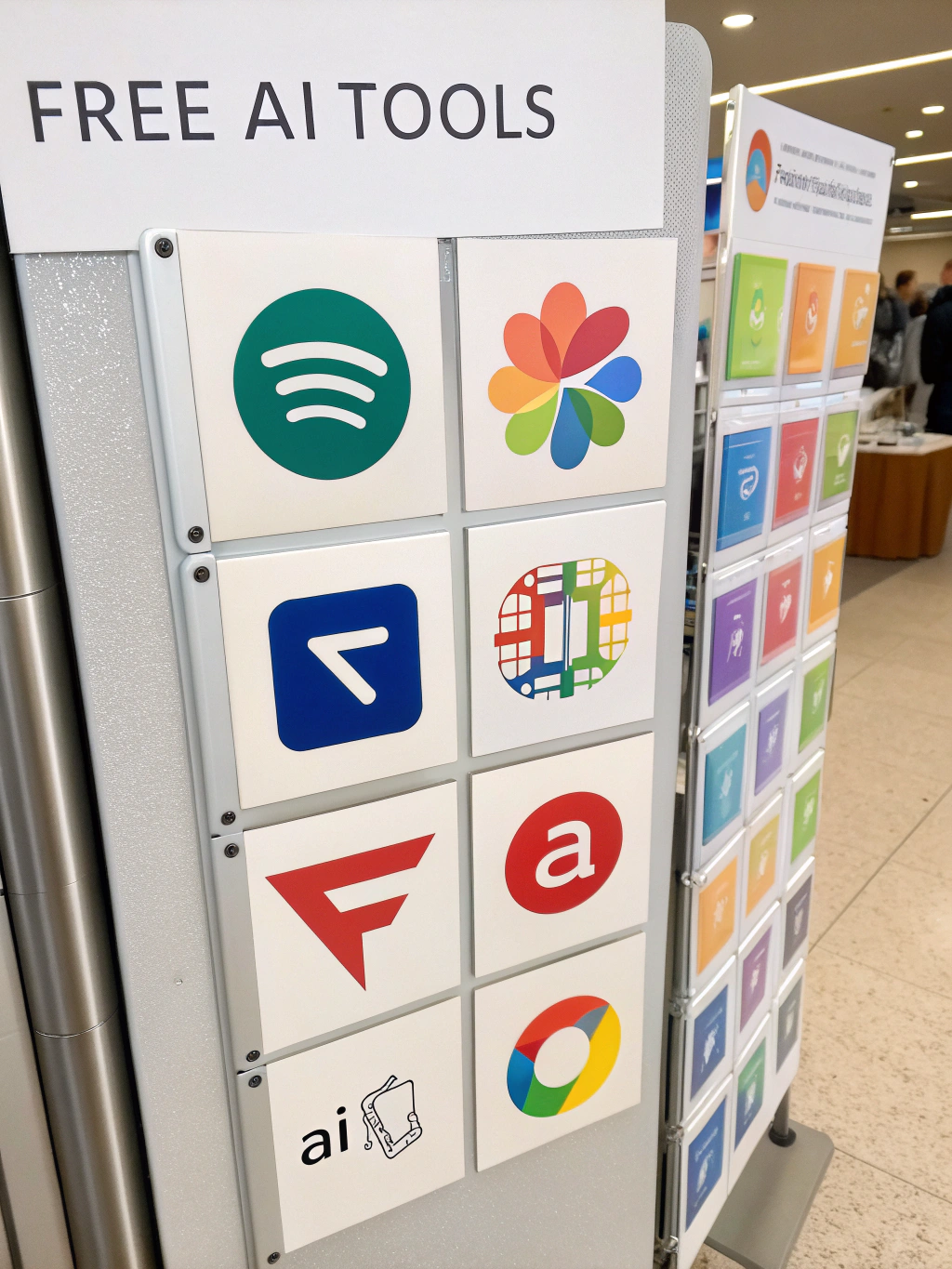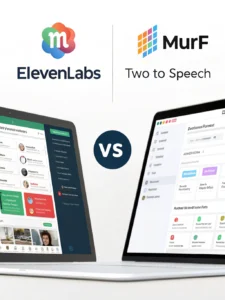Revolutionizing Investment: How AI is Transforming Financial Markets

Is Your Investment Strategy Ready for the AI Revolution?
Revolutionizing Investment
Do you ever feel like keeping pace with the rapidly evolving world of finance is a full-time job? The sheer volume of data and the speed of market changes can be overwhelming. But what if there was a way to navigate this complexity with greater accuracy and efficiency? Enter AI-Powered Investment Tools. From sophisticated risk assessment to automated portfolio management, these tools are reshaping how we approach wealth building. This transformative shift, often linked to AI-Powered Investment Tools, isn’t just a futuristic concept anymore – it’s actively impacting investment decisions today. This comprehensive guide will explore the current landscape, future trends, and practical applications of these powerful technologies.
Key Concepts & Trends

The rise of AI-Powered Investment Tools is fueled by several key concepts and trends. Algorithmic Trading, a cornerstone of this revolution, uses computer programs to execute trades based on pre-defined rules and algorithms. This eliminates emotional decision-making, a common pitfall for human investors. Consider the example of high-frequency trading (HFT), where algorithms analyze market data and execute trades in milliseconds. While often associated with institutional investors, the principles are now being applied to retail investing.
Another significant trend is the integration of machine learning (ML). ML algorithms can identify patterns and predict market movements by analyzing vast datasets – far exceeding human capabilities. This allows for more nuanced risk assessment and personalized investment recommendations. For instance, AI can analyze social media sentiment, news articles, and economic indicators to gauge potential investment opportunities or risks. Imagine an AI system constantly monitoring global news for potential market-moving events, automatically adjusting your portfolio accordingly.
Furthermore, we’re seeing the rise of robo-advisors – automated investment platforms that provide portfolio management services at a lower cost than traditional financial advisors. These platforms use algorithms to build and manage diversified portfolios based on individual investor profiles and goals. Platforms like Betterment and Wealthfront exemplify this trend, making sophisticated investment strategies accessible to a broader audience. The use of Natural Language Processing (NLP) is also gaining traction, allowing investors to interact with AI systems using natural language queries, simplifying research and portfolio analysis.
Data & Market Insights
The market for AI-Powered Investment Tools is experiencing explosive growth. According to a recent report by Grand View Research, the global AI in investment management market was valued at USD 7.6 billion in 2023 and is projected to reach USD 25.9 billion by 2030, growing at a CAGR of 20.7% from 2024 to 2030. [Insert image of a market growth graph here]. This growth is driven by increasing demand for data-driven investment strategies, rising adoption of cloud computing, and the proliferation of big data.
A McKinsey study found that AI could potentially automate up to 30% of investment management activities. Moreover, a report from Statista projects that by 2027, over 60% of institutional asset managers will explore or implement AI technologies. This widespread adoption isn’t limited to large firms; smaller financial institutions are increasingly leveraging AI for tasks like fraud detection and customer service. The proliferation of APIs is further democratizing access to AI capabilities, allowing smaller companies to integrate sophisticated algorithms into their offerings. Algorithmic Trading is a key driver, but data analysis and predictive modeling are rapidly catching up.
Smarter Strategies & Alternatives
Beyond simply automating tasks, AI-Powered Investment Tools offer opportunities for optimizing investment strategies. One smart approach is to utilize AI for enhanced portfolio diversification. Rather than relying on traditional asset allocation models, AI can analyze market correlations and identify uncorrelated assets, potentially reducing overall portfolio risk. This often involves exploring alternative investments like private equity or real estate, which AI can help evaluate more efficiently.
Another alternative is to consider AI-driven factor investing. Instead of focusing solely on traditional financial metrics, AI can identify emerging factors that drive returns, such as sustainability, innovation, or social impact. Furthermore, platforms are emerging that allow for customizable AI investment strategies, giving investors more control over their portfolios. Consider micro-investing platforms powered by AI, offering automated, small-dollar investments, making wealth building accessible to everyone.
Use Cases & Applications
The practical applications of AI-Powered Investment Tools are diverse and expanding rapidly. Hedge funds are using AI for complex portfolio optimization and risk management, while retail investors are benefiting from robo-advisors offering personalized investment recommendations. In the DeFi space, AI is being utilized for smart contract auditing, fraud prevention, and decentralized market making.
For example, startups are developing AI-powered tools to analyze cryptocurrency market trends and predict price movements. Traditional financial institutions are leveraging AI to improve customer onboarding, detect money laundering, and personalize financial advice. Think about AI-driven tools that analyze your spending habits and automatically suggest investment opportunities aligned with your financial goals. Even within corporate finance, AI is used for forecasting, risk assessment, and investment analysis.
Common Mistakes to Avoid
Despite the potential benefits, there are common mistakes to avoid when adopting AI-Powered Investment Tools. One frequent pitfall is over-reliance on AI without understanding the underlying algorithms. It’s crucial to maintain a fundamental understanding of investment principles and to not blindly trust AI recommendations. Another mistake is neglecting data quality. AI is only as good as the data it’s trained on; inaccurate or incomplete data can lead to flawed predictions.
Furthermore, ignoring regulatory considerations can be risky. The regulatory landscape surrounding AI in finance is still evolving, and it’s important to ensure compliance with applicable laws and regulations. Finally, failing to regularly monitor and re-train AI models can lead to performance degradation over time. Markets change, and AI algorithms need to adapt accordingly.
Maintenance, Security & Long-Term Planning
Maintaining the effectiveness and security of AI-Powered Investment Tools requires ongoing effort. Regularly monitor your AI system’s performance and re-train it with updated data. Implement robust cybersecurity measures to protect your data from breaches. Consider diversifying your investment strategies beyond AI-driven recommendations to mitigate potential risks associated with algorithmic errors.
Long-term planning also involves staying informed about regulatory changes and adapting your approach accordingly. As AI technology continues to evolve, it’s vital to remain proactive and embrace new developments.
Summary & Key Takeaways
AI-Powered Investment Tools are transforming the financial landscape, offering unprecedented opportunities for efficiency, accuracy, and personalization. From Algorithmic Trading to sophisticated risk management, these tools are empowering investors to make smarter decisions and achieve their financial goals. However, it’s critical to approach them with a balanced perspective, understanding their limitations and potential risks. Embrace the power of AI, but never lose sight of fundamental investment principles.
FAQs
Is it too late to invest in crypto? Investing in cryptocurrencies remains risky, but AI can help analyze market trends and manage risk within this volatile asset class. However, thorough research and risk management are crucial.
How can small businesses use AI? Small businesses can leverage AI for customer service chatbots, marketing automation, data analysis, and fraud detection, improving efficiency and enhancing customer experiences.
What tech stacks scale best for AI applications? Cloud-based platforms like AWS, Azure, and Google Cloud offer scalability and flexibility for deploying AI applications. Python, R, and TensorFlow are popular programming languages and frameworks for AI development.
Share this content:














Post Comment